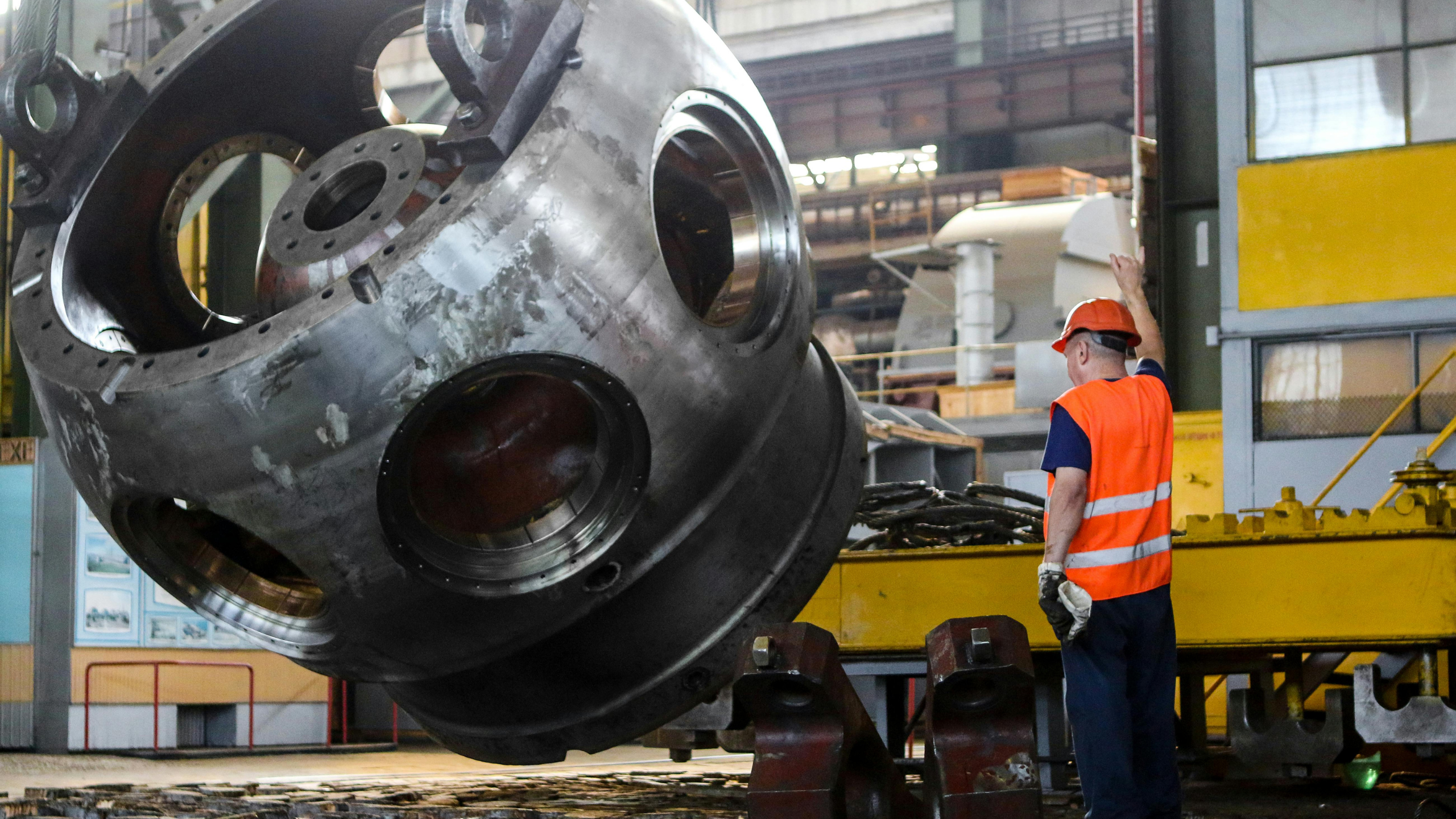Young people are increasingly adopting alternative career paths, opting to forgo the traditional four-year university route in favour of entering the professional workforce through different means. This trend reflects a significant shift in career aspirations and educational choices among Gen Z, who are prioritising financial stability and practical experience over traditional academic credentials.
A growing number of Gen Z individuals are seeking employment in the blue-collar industry, attracted by the promise of good pay and job stability. These positions often allow young people to start earning sooner than those who pursue a university degree.
Blue-collar jobs typically do not require prestigious qualifications, making entry more accessible and affordable. For many, this pathway provides a quicker route to financial independence and a stable career.
As of May 2024, data from ZipRecruiter indicates that the average blue-collar worker in the United States earns $25.69 per hour. This competitive wage, combined with the lower cost of entry compared to university education, makes blue-collar careers appealing to many young people.
The financial burden of a four-year university course can be substantial, often leaving graduates with significant student loan debt. Many students find themselves struggling to secure employment after graduation, as they may lack clear career direction and practical experience. Consequently, paying off student loans can become a daunting challenge.
In contrast, Gen Z individuals pursuing alternative paths often start by enrolling in trade and vocational schools or engaging in technical training. These educational institutions provide targeted training for specific trades, allowing students to gain the necessary skills and credentials to enter the workforce quickly.
The National Student Clearinghouse Research Center reported a 16% increase in trade school enrolments over the past year, the highest since tracking began in 2018. This surge reflects a growing recognition of the value of vocational education and its potential for career success.
Additional data from the National Student Clearinghouse revealed notable increases in enrolments for specific trade programs between spring 2021 and 2022. Construction trade programs saw a 19.3% rise, while mechanic and repair courses experienced an 11.5% increase.
Meanwhile, enrolments in four-year university courses declined by 7.8%, and two-year college courses saw a 3.4% drop. These statistics highlight a clear shift in educational preferences and career planning among young people.
The perception that traditional university degrees are the best path to a successful career is being challenged. A survey by New America last year found that 54% of Gen Z respondents believed there are numerous stable and well-paying job opportunities available to those with only a high school diploma or GED. This sentiment underscores a broader reassessment of what constitutes valuable education and career preparation in today’s economy.
Jean Eddy, president of American Student Assistance, explained to The Hechinger Report that many Gen Zers prefer educational routes that offer a clear career plan, which trade and technical schools provide.
Eddy also noted the financial considerations influencing this trend: “I think many families and certainly the majority of young people today are questioning the return on investment for higher education.” The high cost of university education, coupled with uncertain job prospects for graduates, is driving more young people to explore alternative educational pathways.
In addition to saving money and securing employment more quickly, Gen Zers are drawn to trade schools because blue-collar jobs may offer greater long-term stability. Technological advancements, such as artificial intelligence, threaten many white-collar jobs, but manual labour positions often require physical and hands-on work that technology cannot replicate. This makes blue-collar careers a reliable choice for young people seeking job security in an uncertain future.
Furthermore, the demand for skilled tradespeople remains high, ensuring that those who pursue these careers will continue to find ample employment opportunities. This combination of immediate earning potential, job security, and lower educational costs makes blue-collar jobs an increasingly attractive option for the younger generation.
As more Gen Zers embrace these alternative career paths, the landscape of the professional workforce is likely to evolve, reflecting a broader acceptance of diverse educational and career trajectories.







